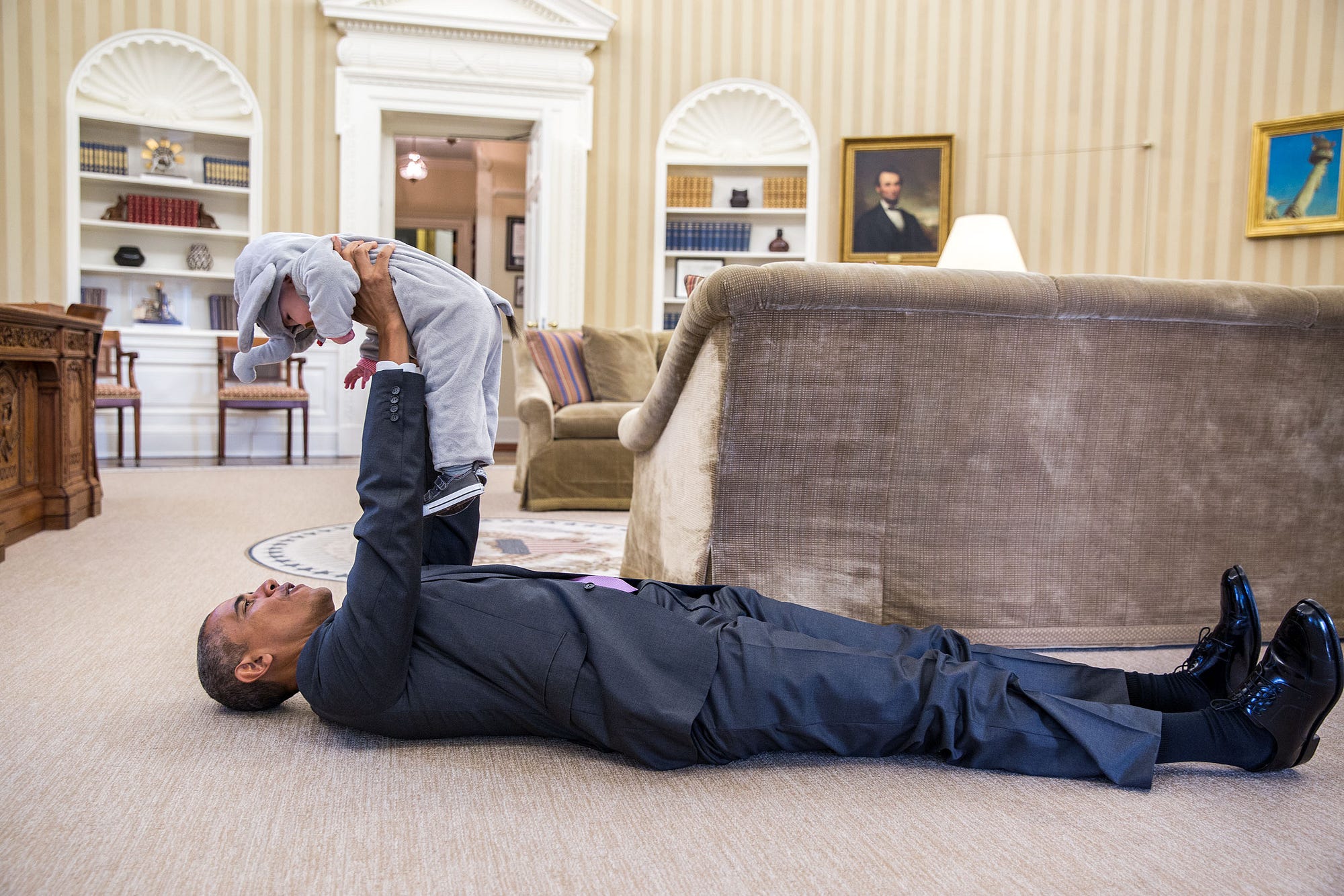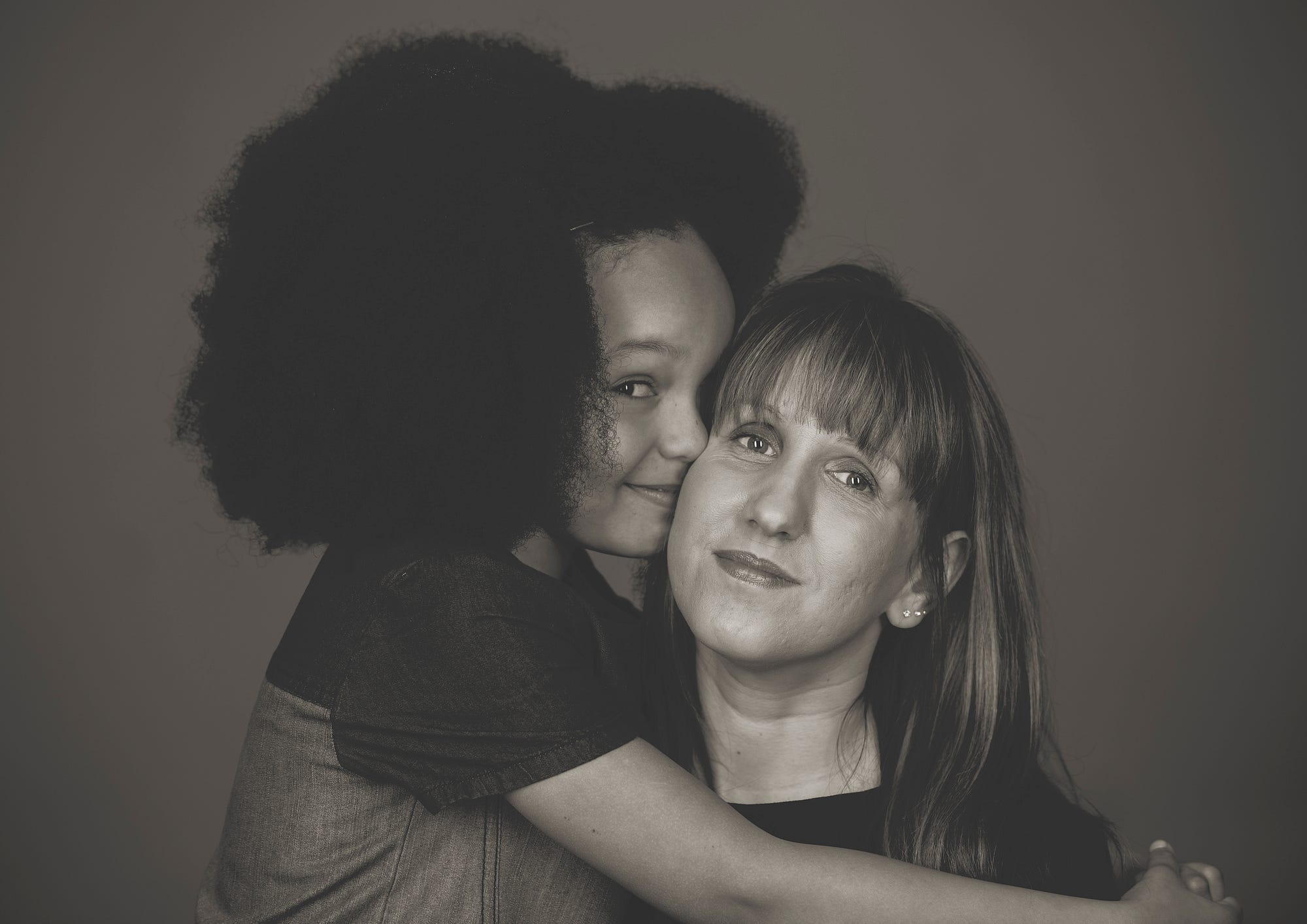Before People Called Me A Spic, They Called Me A NiggerPosted in Articles, Autobiography, Caribbean/Latin America, History, Latino Studies, Media Archive, Slavery, United States on 2016-03-13 16:52Z by Steven |
Before People Called Me A Spic, They Called Me A Nigger
Medium
2016-03-11
It was a throwaway line I used. Deliberately. Speaking to mostly Latino and African-American audiences. Back in the day.
“Before people called me a spic, they called me a nigger.”
And it hit the mark.
The hoots, applause, whistles and laughs let me know. I’d found a nerve. And I intended to probe. When I felt that arrow’s reverb, I launched it again. Aimed squarely at calling out what separates us. Latinos/African-Americans. Even what separates Latinos from ourselves. And. What also ties us together.
Drawing from all my observations. And, experiences (through the ripe old age then of 19. Worldly motherfucker)…
…THE SLAVE SHIP.
Square One. For a good many Latinos, African-Americans, and people of the Caribbean, that is our link. To music, dance, cuisine, religion, history. And, a politics to build upon. We may be different shades of black. But we be Black. African. That one drop thing has truth. Now, we are a New World Black. I mean, we ain’t African. Proud of Africa. But we gone through the looking glass. Among Latinos we’re also Spanish and Indigenous. In some Latinos, the impact of slavery is much more pronounced. Among others in the New World, the European blend could be French, or Dutch, or British or Portuguese. The Indigenous element might be Mayan, or Taino, or Incan, or Muscogee, or Carib or scores of others. But the African element. Is like no other.
My parents and I were born in New York City. My grandparents are from Puerto Rico and Cuba. Except for my paternal grandfather and maternal grandmother we are all dark-skinned. “Obviously” of African descent. But that guaguancó gene is lying within practically all Latinos with raíces in Africa. So, you might be light-skinned, and you might marry a light-skinned Latina, but hello! One of your babies might be a nappy-headed rhumbera. Took my people a while to figure out genetics. There was a lot of fighting at first about where that baby came from…
Now, yeah, I’m joshing a bit. But the truth is that in some families, the dark-skinned ones sometimes caught hell. Yeah, that racist self-hate thing permeated everywhere. But the moms and grandmoms especially, circled protectively. Bien conmigo, negrita. Ten cuidao con mi negrito. As Pedro Pietri said in his epic poem Puerto Rican Obituary
“Aqui to be called Negrito/Means to be called LOVE”…
Read the entire article here.




